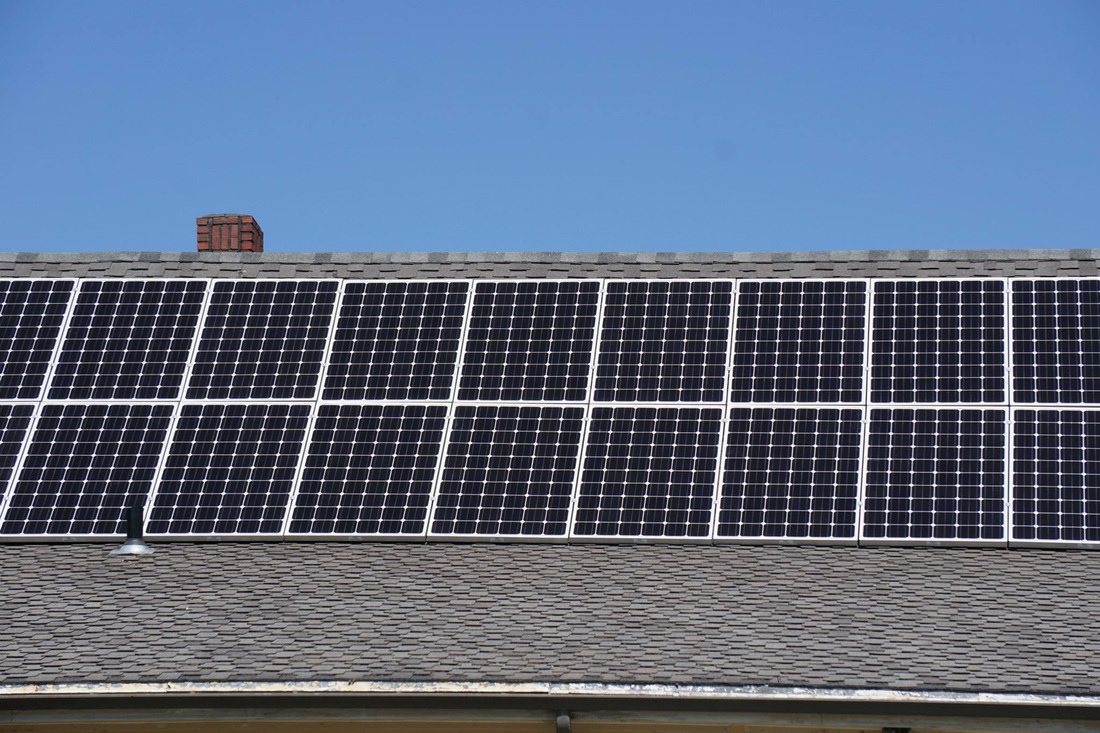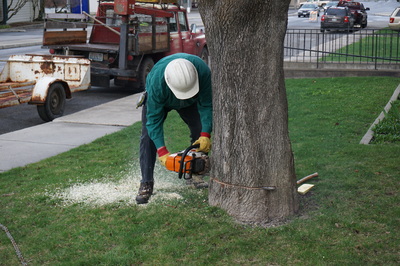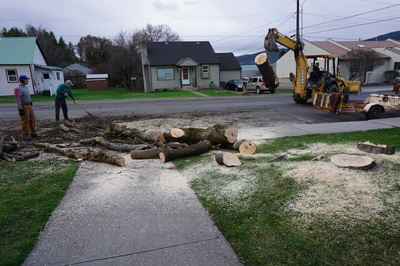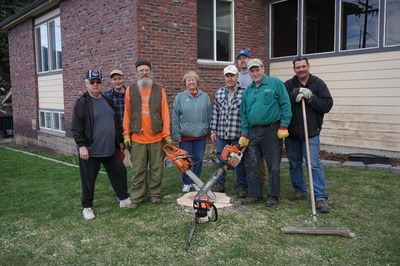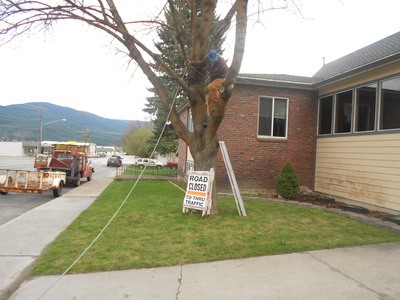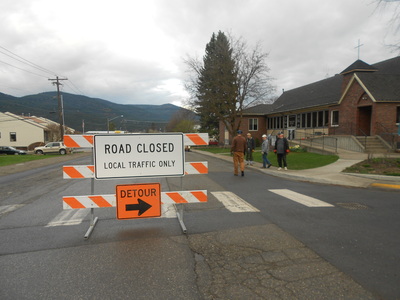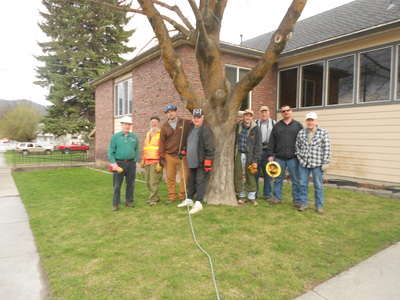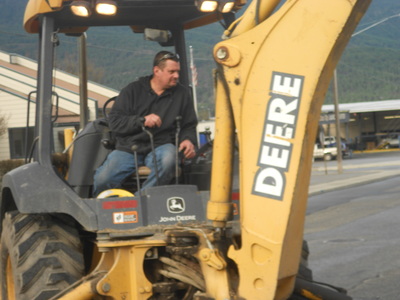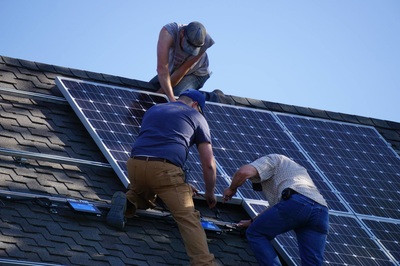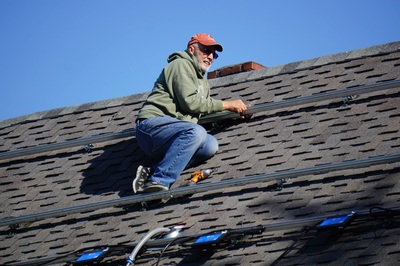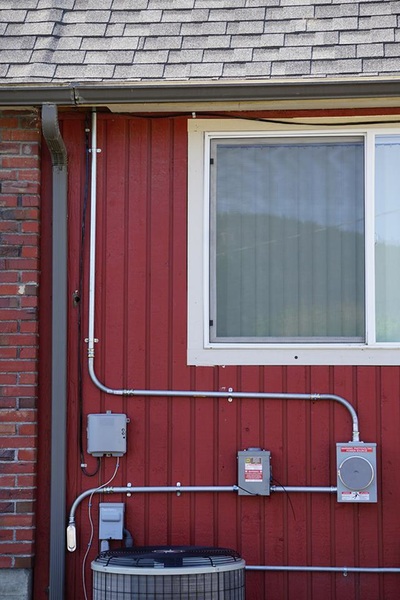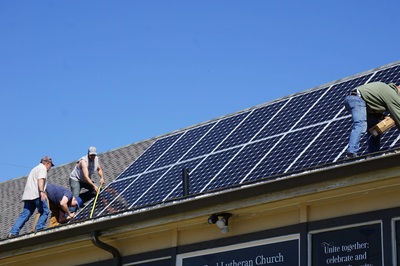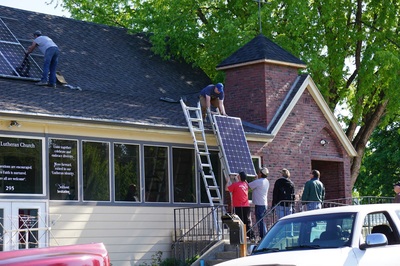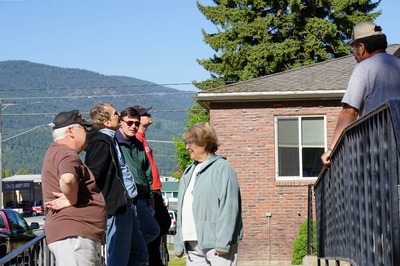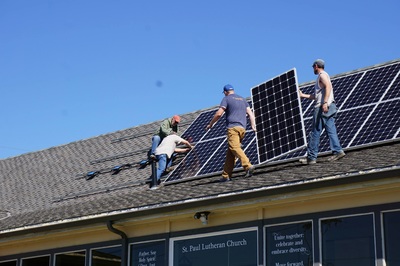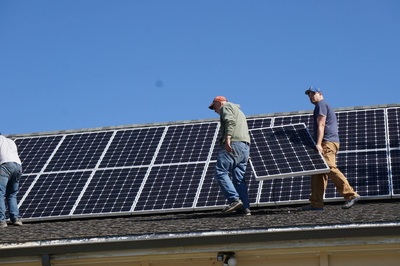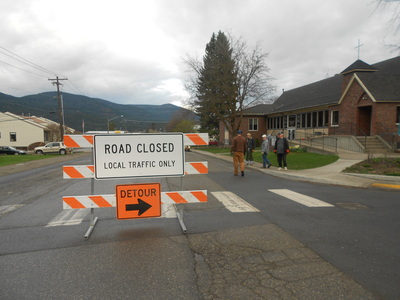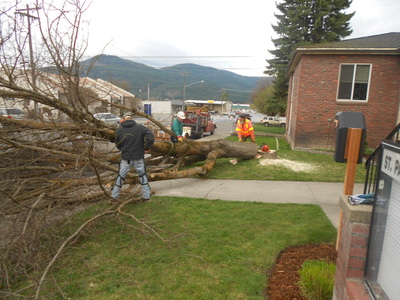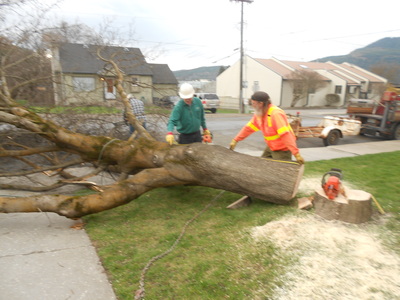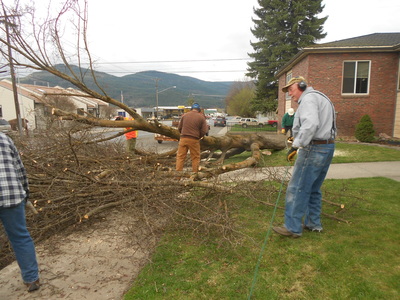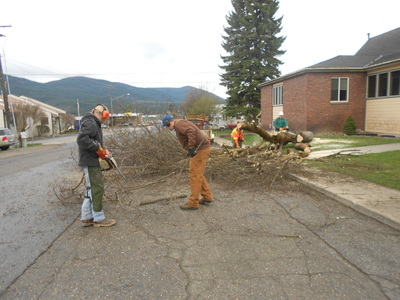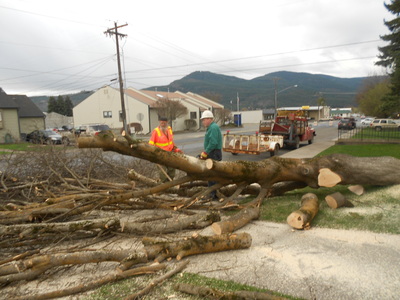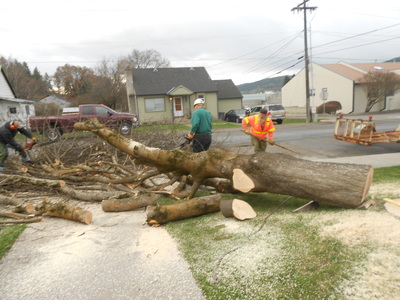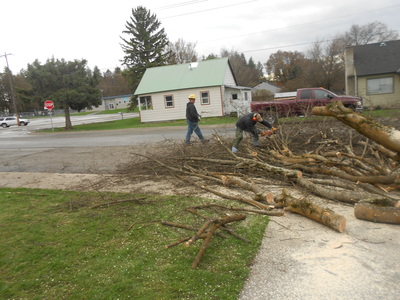Photovoltaic Generation & St. Paul Lutheran Church
Our Ministry
When we undertook took install our 24 panel system, one of the commitments that we made was to educate and assist others who would become interested in Solar Power Production. Since the installation of our system we have witnessed 8 sister systems be installed. All of those systems are residential. However, 3 other faith communities have expressed interests with the first scheduled for installation in the spring of 2016. We have published articles in the Statesman Examiner and presented to local groups like Rotary and Kiwanis. Interested? Contact Dave Smith for more info!
Our Project
Timeline from Dream Stage to Operation (pending approval)
October 2014: Preliminary Conversations
November 2014: Request and Approval for the Formation of the Solar Exploration Committee (Dave Smith, Ross Perkins, Eric Ohrtman, Tom Schwartz, Clint Poling, and Izaak Edvalson)
November 2014- Present: Exploration, Study, and Analysis
February 2015: Presentation to Congregation Council (Congregation Meeting Approved for March 15, 2015)
March 15, 2015: Congregation Meeting
March 16-20, 2015: Application for MIF Loan
March 30-April 1, 2015: Purchase Equipment
May 2015: Install System
June 2015: Receive Final Approval and Begin Operation
FAQ’s
1. Will this system power the building in case of a power outage?
This solar generation will not be used as a backup generator in case of a power outage. State law requires generation be used to supplement the power grid, or to be as a backup source of electricity in case of a power outage, not for both. Because of the cost and maintenance issues related to batteries we have limited our research to system designs that supplement the power grid.
2. Why use the Mission Investment Fund instead of someone local?
First, interest rates. 5.5% Second, MIF specializes in church projects, so they understand the unique needs of congregations. Thrid, church building consultants help guide you through the planning, building and financing process, free of charge. Fourth, their green services help borrowers build in ways that care for creation. Fifth, borrowing with MIF funds loans and grants for other ELCA congregations.
3. Why are we talking about doing this now?
This project is time sensitive. In order to maximize incentives our system needs to be operational prior to July 1, 2015. However, the initial impulse for the project was the drive to reduce expenses long term. Our current giving structure relies upon 9 giving units for 43.5% of our annual budget… and those giving units are aging. Being good stewards means being responsible today and planning for tomorrow.
4. Explain clouds, sun, and power production.
Our research shows that there is sufficient daylight to generate at, or near, maximum capacity for an average of 4 hours per day. Given 28 panels that generate 280 watts at peak level we expect to generate 7840 watts per hour, multiplied by the expected average of 4 hours and we would generate 31.36KWHs per day. Over the course of one year we would produce a little more than 11,000 KWHs. That is enough to meet the State required amount to qualify for the maximum payback of $5000. 11,000 KWHs at $0.54 per KWH = $5940(An 18.8% cushion).
5. Are there ways for us to save even more? Yes! We are constantly looking for ways to be more efficient around our building. We now have different summer office hours to minimize air conditioner costs, light bulbs are constantly being updated, and
more efficient option are always considered. You can help by turning off lights and closing doors.
6. $27,500 is a lot, aren’t there cheaper purchase and installation options? Yes, there are cheaper purchase and installation option. However, we would only receive the highest payback if we purchased invertors and panels manufactured in the State of Washington. The payback is much less if those items used are purchase from outside the State of Washington ($0.12 per KWH versus $0.54 per KWH). When crunched carefully, the numbers only make sense given the maximum incentive from the State of Washington.
7. What about the building, is it built to handle a system like this? We have looked in to the structural integrity of the building and the roof, we are confident the extra weight would pose no problems. Our electrical systems are well maintained and integration should present no insurmountable obstacles.
8. As I read this, it looks like a wash financially. Why do this? For the first five years this project will likely be a “wash”. However, the thinking of the committee and the Council is for a longer term than that. Expecting increased electrical costs and the loss of key giving units we think this is one small piece of the puzzle of good financial stewardship. We also believe that this is a great way for St. Paul to “go green”. In a world we know is suffering from pollution and over use of the natural resources on the Earth, we feel that this is a fantastic way for us to cut back on our footprint.
9. What issues do I need to know about? A) The first year of loan payments is a problem. We are looking for donors or alternate funding sources to cover $5000 of loan payments until WA State incentives begin in July 2016. That covers the gap between incentives and real costs. B) The Maple tree has got to go and the Elm has to be trimmed. C) WA State incentives aren’t guaranteed without appropriate production.
A special thank you to Clint Poling, Ross Perkins, Dave Smith, Tom Schwartz, and Izaak Edvalson for their diligent and careful work on behalf of the Congregation and Congregation Council of St. Paul.
